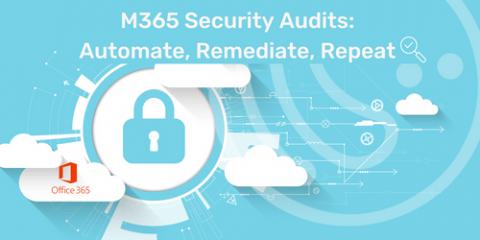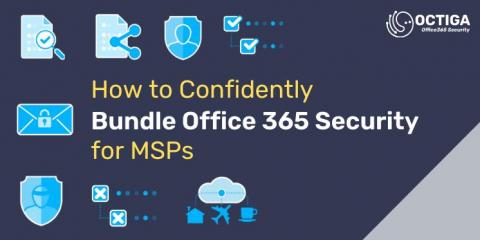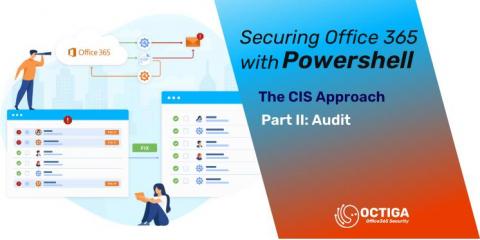Octiga Vs Flying Solo with Office 365 Security for MSPs
For someone who interacts with managed service providers daily, I am often asked to highlight the differences between our Office 365 security app Octiga and a SIEM that provides similar functionality OR a Microsoft native tool such as Secure Score. I thought, why not create an informative piece for our users who wish to understand Octiga services better?











